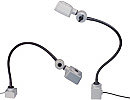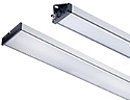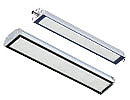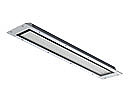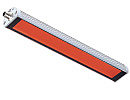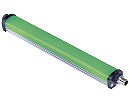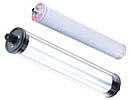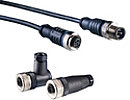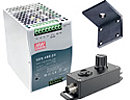Flicker and flickering
Flicker
Flicker is the term used to describe fluctuations in the light density of light sources caused by fluctuating supply voltages, such as in the 230V AC low-voltage network. With regard to LED technology and the ballasts used (particularly with simple transformers, clear flicker can be measured), these fluctuations are very high-frequency and cannot be detected by the naked eye.
The LED chips used by LED2WORK are all equipped with technical devices to stabilise the luminous flux and compensate for voltage fluctuations of the power supplies over wide input voltage ranges. These are specified for the respective luminaires.
Strobe effect
Conventional light sources often work directly with the mains voltage and are therefore subject to a frequency of 50 Hz. The current changes direction 100 times per second. The generated light pulsates at a speed not visible to the naked eye. This circumstance can make rotating parts appear to be stationary in this light. If our LED chips are supplied with regulated switching power supplies and not dimmed by pulse width modulation, a stroboscopic effect can be excluded. Thus our luminaires are also suitable for camera applications, as used in optical inspections.
Flickering
Technically, flickering means fluctuations in luminance that are not generated by the supply voltage but by the structure of the lighting source itself.
Almost all of the light sources we install use continuously operating linear regulators to stabilise and control the supply currents instead of fast switching elements known as switching converters, which could generate additional flickering.

